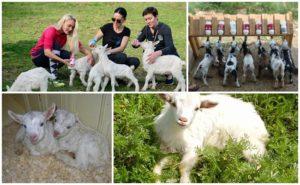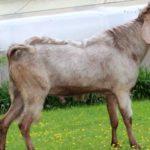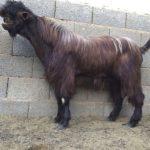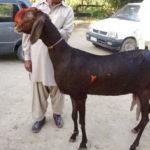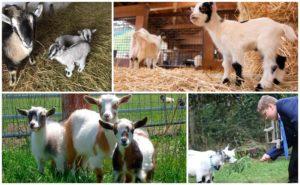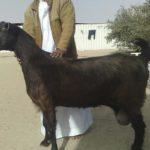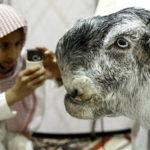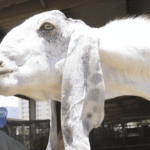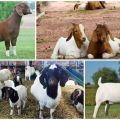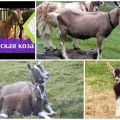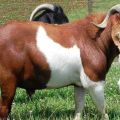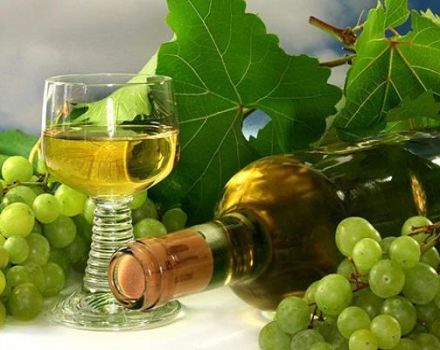Description and characteristics of Damascus goats, the subtleties of the content
Among domestic goats, there are breeds about which they say that it is better to see them once than hear about them a hundred times. The Damascus or Syrian goat, or Shami, Baladi, Khalep, Chami or Aleppo, refers to just such extraordinary animals. It is not for nothing that this particular breed is often mentioned in ancient Arabic tales and treatises. In modern goat breeding, shami are bred to produce milk, meat, wool.
Breed fame
The breed is of Middle Eastern origin. Syria is officially considered her homeland. The name of the capital of this state, Damascus, is reflected in the name of the breed. In the homeland of Damascus goats, they say that they are divinely beautiful. Local animal lovers believe that shami are as valuable as Arabian horses. The most shocking thing is that sometimes angelically cute kids grow up, frankly, into individuals more similar to monsters. And in 2008, one of the representatives of the breed received the title of the most beautiful animal at an exhibition in the capital of Saudi Arabia.
Damascus goats can be safely attributed to the heavyweights in the world of small ruminants. Adult goats very often grow up to 0.9-1.03 meters at the withers and weigh up to 100-130 kilograms. And, although the largest goat in the world weighed 180 kilograms and was a Saanen breed, male Shami can be considered representatives of heavy breeds.
Description and characteristics
When a Damascus goat is born, its appearance is so beautiful that it rarely leaves anyone indifferent. A small hook-nosed head and long, twisted ears make the young of this breed cute.
Adult animals are characterized by rather long limbs, a high neck and a small head with a hump-nosed muzzle.
Sometimes, as it grows, the lower jaw protrudes forward, although this is not provided by the modern standard. The breed is sexually dimorphic. Males are much larger than females. The average weight is 90-100 kilograms, and the height is 80-90 centimeters. The weight of females, on average, is 70-80 kilograms, height - 60 centimeters.
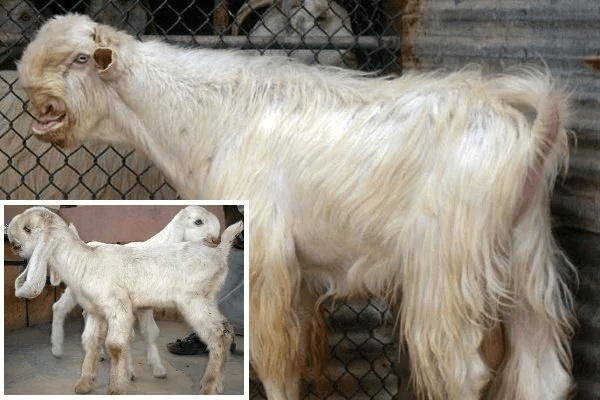
The horns of females are short, bent back and slightly to the sides, the horns of goats are slightly thicker and longer. Breeders have achieved the appearance of hornless animals. The ears are long, at least 30 centimeters long. They smoothly descend from the head along the neck. In the homeland of animals, they are very often docked in early childhood, especially for those animals that will participate in breeding exhibitions.
The coat is rather long and dense. It is colored red-brown in various shades. Although there are animals of white, silver-white, fawn and gray colors.
Pros and cons of shami
The dignity of the breed lies in its versatility. Most often it is bred for milk and meat production. The milk tastes good, has almost no specific taste, is fatty and is suitable for the production of cheeses. The average daily milk yield is 5 liters, although there are goats that give up to 8 liters of milk.
The advantages of the breed include good meat productivity. Combed wool can be used in cashmere production, and various products are sewn from leather. The pluses of the breed include:
- shape and size of the udder suitable for mechanical milking;
- peaceful nature;
- early maturity and fertility.
There are significant disadvantages when breeding shami:
- shortage of breeding animals;
- high price;
- lack of experience in breeding.
The subtleties of keeping and caring for Damascus goats
This breed of goat has good adaptation to both hot and cold climates. A shed is required to keep the shami. The room should be spacious, dry, ventilated, but free from drafts. These animals easily get along with other breeds, but the area for one head of this breed should be at least 5 square meters.
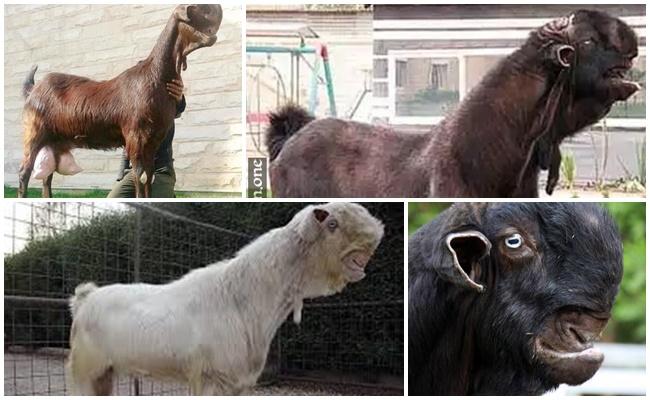
In the warm season, grazing is needed. Dry meadows and slopes are suitable for the breed, even with not the richest vegetation. It is important to provide watering and mineral supplements at this time of year. The coat requires either combing out or cutting.
Diet and breeding
A balanced diet of Damascus goats is a guarantee of high productivity. The diet of animals must include:
- hay;
- straw;
- juicy feed;
- branch hay;
- corn;
- premixes;
- mineral additives and table salt.
Females who have reached 10 months of age and weighing at least 42 kilograms are allowed for breeding. One mating per year is permissible. Males are suitable for mating as early as nine months of age. Goats are also knitted with local goats to obtain dairy livestock.
Suffering lasts 155 days. Females bring 2-3 goats, although there are often cases when there are 4 babies in a litter. It is customary to remove the young from under the mother a week after birth and milk it by hand until the age of 45 days.
Frequent illnesses
Despite the immunity, shami can contract infectious and non-infectious diseases of small ruminants. These goats can suffer:
- helminthic invasions;
- intestinal infections;
- mastitis;
- hoof diseases.
Correct maintenance, regular milking, timely vaccination will protect goats from various pathologies.
How to choose a good goat when buying
Since the beginning of the century, a boom in Damascus goats began in the world. Along with it, the number of unscrupulous sellers who sell culled or non-pedigree animals has grown. Today these goats are the most expensive in the world. The price is calculated in a hundred, or even thousands of dollars.
Russian goat breeders, engaged in this breed, sell small kids for no less than 100,000 rubles and adult breeders for no less than 130,000 rubles. You should not chase after cheapness and purchase animals several times cheaper than the named price.
When buying breeding stock, it is advisable to choose Cypriot, Iranian, Israeli and other highly productive breed lines. It is important that the acquired animal meets the standard, has the correct bite and appearance corresponding to the breed. It is preferable to make a purchase in a breeding farm specializing in this breed.
